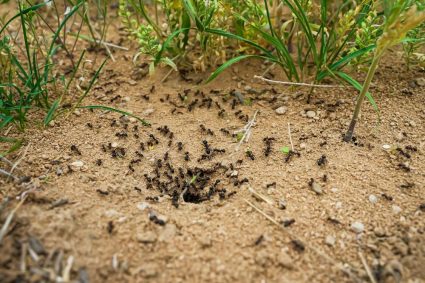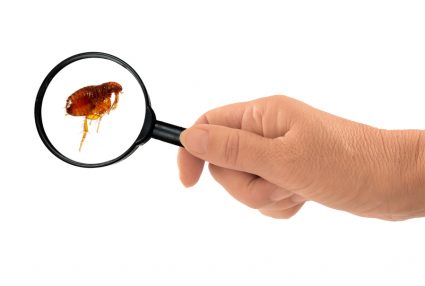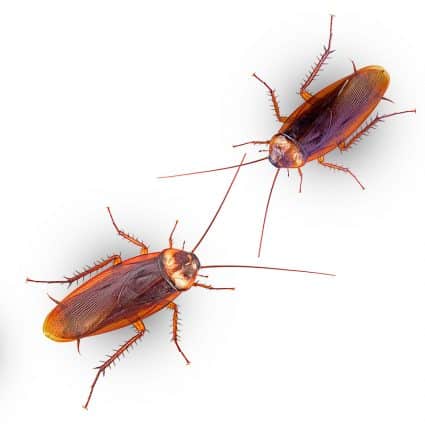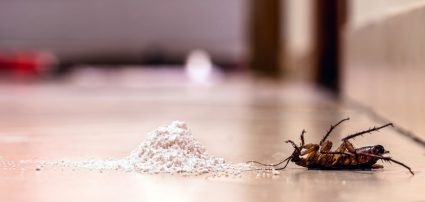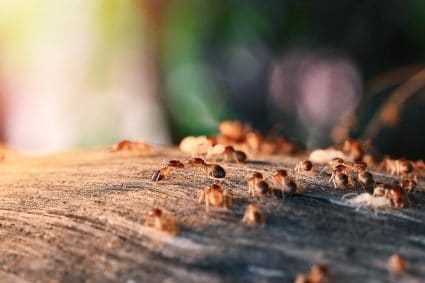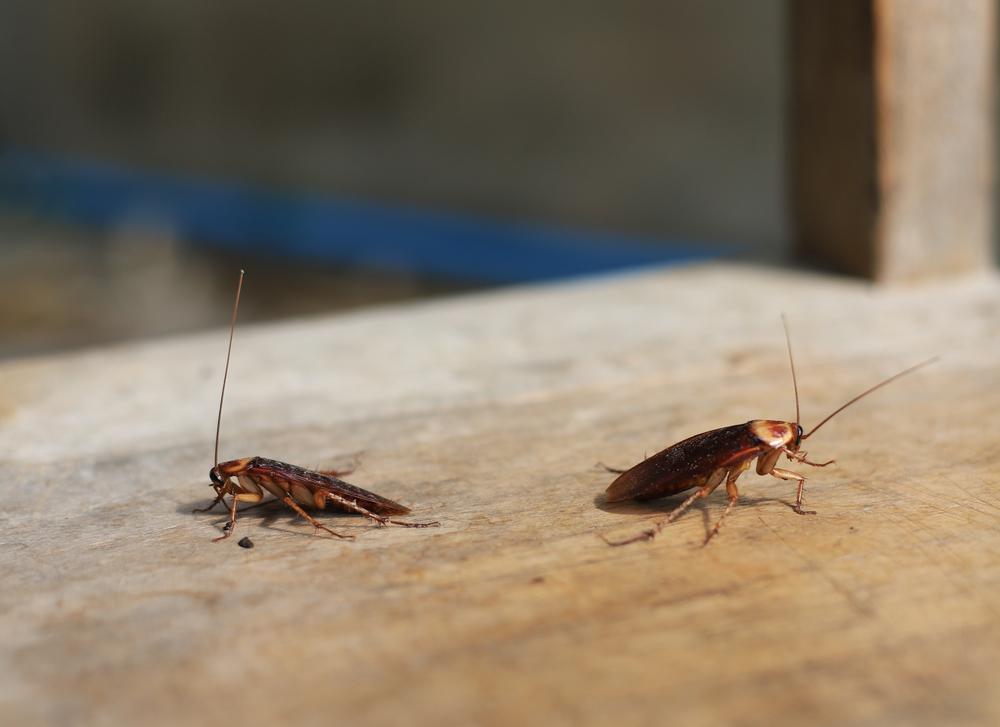
Cockroaches, despite their reputation as unwelcome house guests, present an intriguing biological conundrum. These creatures are known to exhibit cannibalistic behavior, with some species even consuming their own kind. But why do roaches eat other roaches? The answer lies in a complex mix of environmental, biological, and behavioral factors.
Roaches eat other roaches due to a variety of factors including food shortage, high population density, monogamous mating behavior, hunger-induced aggression, and disease spread. This cannibalistic behavior can also provide nutritional benefits and help control population size. However, it’s important to note that not all roach species exhibit this behavior. The environmental conditions and the specific species of the roach play a significant role in this behavior.
Trigger Factors for Cannibalism in Roaches
Cannibalistic behavior in roaches can be triggered by several factors. These include:
- Food shortage: A lack of food resources can lead to cannibalism in various species. Insects that resort to cannibalism can benefit from the higher nutritional quality of feeding on arthropod body tissues rather than plant tissues.
- High population density: Dense populations can strain local resources, leading to hunger and increased aggression, which may result in cannibalistic behavior.
- Monogamous relationships: In the case of the wood-feeding cockroach species Salganea taiwanensis, cannibalism has been observed as a part of their monogamous mating behavior.
- Hunger and neurohormones: Hunger can trigger the release of specific neurohormones that encourage aggression and potentially cannibalistic behavior.
- Disease: In some cases, disease spread in dense populations can lead to cannibalistic behavior.
Environmental Influence on Roach Eating Habits
The environment plays a significant role in influencing the eating habits of cockroaches, including cannibalism. Cockroaches are omnivores and can adapt to various food sources depending on their environment. They consume organic materials like decaying leaves, wood, and fruits in nature, but when they infiltrate human habitats, they adapt to our lifestyle and consume the foods we leave behind. Environmental factors such as seasonal changes, population density, and urbanization can impact their eating habits.
Nutritional Benefits from Cannibalism
While the primary reason for cannibalism might not be nutrition, roaches can receive some nutritional benefits from eating other roaches. Roaches are generally high in protein and low in fat. They also contain chitin, which is a hard substance that gives their exoskeletal structure, as well as proteins, fat, and small amounts of vitamins and minerals.
Impacts of Cannibalism on Roach Population and Social Structure
Cannibalism in cockroaches can impact their overall population and social structure. It may help control population size and limit the spread of diseases within the population. However, it can also lead to inbreeding and reduced offspring production, which can negatively impact the overall population.
Roach Species Prone to Cannibalism
Certain types of roaches are more prone to cannibalism than others. The major pest cockroach species, such as German, American, and Oriental cockroaches, are known to exhibit cannibalistic tendencies.
Cannibalism in Roaches vs. Other Insects
Cannibalism is a behavior observed in various insect species, including roaches. In the case of the wood-feeding cockroach species Salganea taiwanensis, cannibalism plays a role in their monogamous relationships. This behavior is unique to this species and may have evolved due to their monogamous relationship and the need to jointly raise their offspring.
Implications on Pest Control Strategies
Understanding pest behavior and its implications on pest control strategies is crucial for developing effective and sustainable pest management approaches. This includes adopting integrated pest management, adapting to climate change, leveraging behavioral manipulation, and utilizing ecological pest management and technological advancements.
Effect on Reproductive Success
Cannibalism in roaches, specifically in the wood-feeding cockroach species Salganea taiwanensis, has been observed to potentially affect their reproductive success. These roaches are monogamous and mate for life. After mating, they engage in mutual sexual cannibalism, where both the male and female roaches eat each other’s wings.
In conclusion, the question of why roaches eat other roaches is a multifaceted one, rooted in a complex blend of environmental, biological, and behavioral factors. By understanding these factors, we can gain a better understanding of roach behavior and develop more effective strategies for roach control.
Frequently Asked Questions
What are the most common species of cockroaches found in homes?
The most common species of cockroaches found in homes are the German cockroach, the American cockroach, the Oriental cockroach, and the brown-banded cockroach.
How does cannibalism affect the lifespan of roaches?
Cannibalism doesn’t necessarily affect the lifespan of roaches. However, it can impact the population dynamics, such as controlling population size and limiting disease spread.
Can roaches eat non-organic materials?
Roaches are primarily omnivores and prefer to consume organic material. However, in extreme situations, they can ingest non-organic materials, although they cannot extract nutritional benefits from them.
Do all roaches engage in cannibalistic behavior?
Not all species of roaches engage in cannibalistic behavior. It is more prevalent in certain species, like the German, American, and Oriental cockroaches.
How can knowledge of roach cannibalism be used in pest control?
Understanding roach behavior, including cannibalism, can help in developing effective pest management strategies. This could include behavioral manipulation, such as using pheromones or other attractants to lure roaches into traps.



